9 Prepping Tips for Outdoor Survival
Here are 9 prepping tips for outdoor survival that everyone should know about. If you and your family were ever put through the wringer and forced to survive outdoors for a period of time, would you be able to do it? I’d be willing to bet that your answer would be no or not sure. Even if you spend a lot of time camping outdoors each year, it’s a lot different when you have to do so for a longer period of time. In case you missed this post, Survival Food And Emergency Food Storage
So what happens if you face an emergency situation and you have to leave the comfort of your home? Surviving the outdoors requires certain skills, prepping, and knowledge in order to make that happen. Being caught without them could prove deadly for you or your family members.
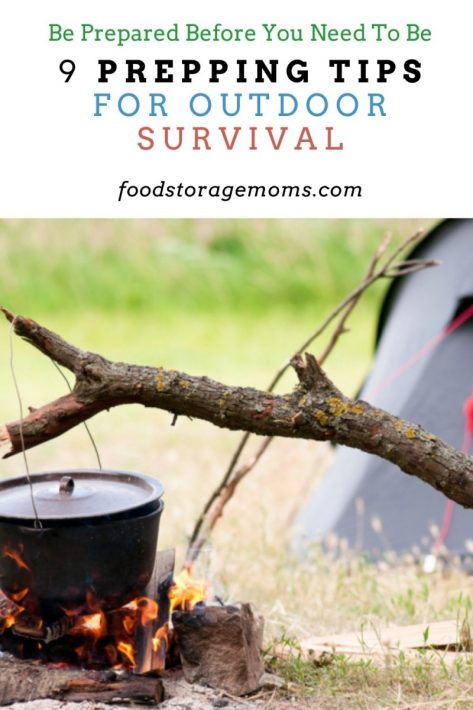
1. Pack a Survival/First Aid Kit
Without a survival kit and first-aid, you’re going to have a rough time just trying to make it to day two. You’re going to need fresh drinking water, so a portable water filter or water purifying tablets are a must. You can even bring your own water.
It won’t be long before that your stomach starts rumbling and grumbling about your situation. Be sure to pack enough light-weight non-perishable food items like protein bars and beef sticks for energy.
Other survival essentials include several flashlights with extra batteries, a hand-crank radio, compass, map, knife, tools, sleeping bags, camping tent, extra clothing, lighter, matches, and a whistle. Also very important to have is a first-aid kit for bandaging wounds to hold you over. I love these Flashlights (batteries) and these Goal Zero Flashlights.
Everyone’s survival kit will look a little bit different, so be sure to gather the appropriate supplies based on your family’s needs. This is one of those prepping tips for outdoor survival that you really need!
2. Be Aware of any Hazards
You also need to know the area and the surrounding layout of the land that you hope to survive in. That way you can be aware of any hazards that you could run into, whether it’s a potential flood area, or if there may be wild animals that you need to watch out for. Preparing for weather conditions expected during different times of the year is also important.
3. Never Head Out Without Telling Someone
In most cases, people that find themselves alone and in trouble in the wilderness didn’t think that they would be wandering off too far or gone so long that they needed to let anyone know. Don’t make that mistake.
While it’s more likely that you’ll be fine, there’s always the chance you could fall and break your leg or come face to face with a dangerous wild animal or other unexpected situation. Take the extra time to leave a note or have a set of walkie-talkies to stay connected. Or better yet, take someone with you who is well versed at living in a remote setting.
4. Trash Bags are Not Only for Waste
If you’re already an experienced prepper, then you know just how critical a simple item like trash bags are. While they serve the main purpose of eliminating waste and garbage, they can also be used for transporting some of your supplies.
Trash bags can be used as a poncho to keep dry or as a covering for your emergency shelter to escape the sun and the rain. They can also be used to rainproof your food and other possessions that you don’t want getting wet.
5. Stay Warm and Dry
It’s already going to be a challenge for most people to survive the outdoors, but things can quickly go from bad to worse if all of your clothing and gear get wet. Trust me, it’s a miserable feeling when your socks and shoes get soaked and your sopping-wet clothing becomes stuck to your skin.
That’s why I’d encourage you to gather rain jackets and boots, or at the very least, rain ponchos for everyone in your group. You also have to find a place where you can seek shelter to escape the elements. If it’s cold outside, you can use a space blanket to add more insulation to your shelter to keep warm.
6. Avoid Stagnant Water
Try not to drink water that is just sitting there stagnant, because it’s possibly full of bacteria, parasites, and animal feces. That doesn’t mean cool running water is completely germ-free, but it is sure to contain fewer traces of contaminants than water that has nowhere to go. You’ll still need to boil your water or add iodine to destroy any remaining bacteria and contaminants.
7. Knowing Which Berries to Avoid
Hopefully not, but there may come a point that your food supply is dangerously low and you have to rely on the resources that are available around you. You may have to rely on eating berries from plants and bushes to sustain you in the meantime, but this can be dangerous if you don’t know which ones are poisonous.
There is a way to test whether a berry is safe to eat or not. If you’re in doubt, rub the berry on your skin and wait for an hour or two. If there’s no reaction after a few hours, go ahead and rub it against your lips and wait for a couple more hours.
Again, if there’s no reaction, lick it and then wait some more. Next, take only a few of them and eat. If after several hours you don’t experience nausea, vomiting, or diarrhea symptoms, it should be safe for you to eat a serving of them.
8. Building a Fire
In order to stay warm and be able to cook your food, you’re going to need to be able to build a fire. If you don’t know how to make a proper fire, here’s how. Start off small by gathering tiny dry sticks, leaves, pine needles, and thistle for kindling.
Next, find larger sticks and pieces of wood that can be used for a longer burning duration. Grab a large piece of wood that you can use to block the wind so you have an easier time getting your fire started and make a sort of nest out of the tinder.
Take your kindling and build a tipi so that there’s space for oxygen to get in. Light the tinder and then put it underneath your tipi while using your breath by blowing to spread the flame. Then slowly add larger pieces to progressively make the fire bigger.
9. Stay Positive
Your attitude also plays a key role in whether you’ll make it out of a dangerous situation alive. Try to stay positive and continue working with the resources that you have all around you.
Feelings can be a dangerous thing, especially when you’re feeling hopeless, so you need to keep determined and stick to your plan in order to survive.
9 Prepping Tips for Outdoor Survival
Final Word
These are 9 prepping tips for outdoor survival that everyone should know about. Without them, your situation most likely will not turn out to have a happy ending, so spread the word. If you’re an experienced prepper, what are some other prepping tips for outdoor survival that you would share? May God Bless this world, Linda.
Copyright Images: Pot on Fire Deposit photos_6491412_s-2019

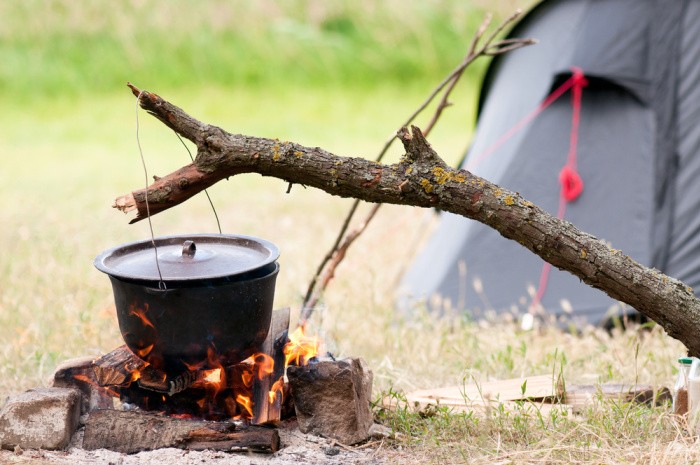




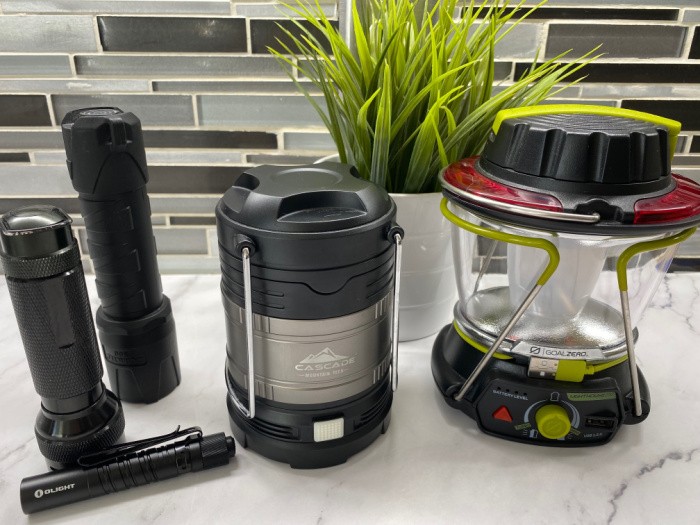
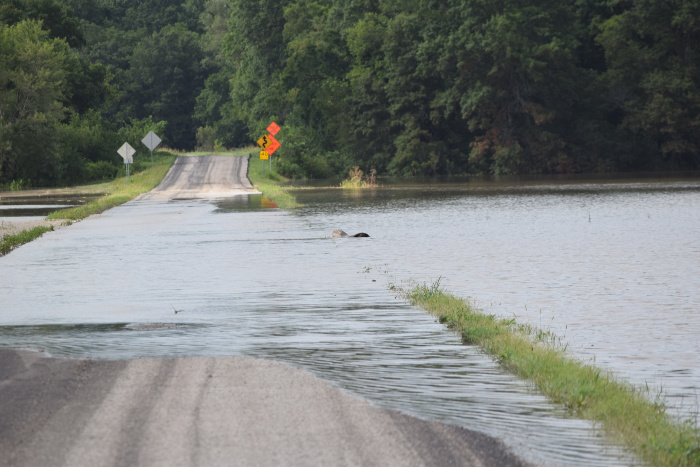
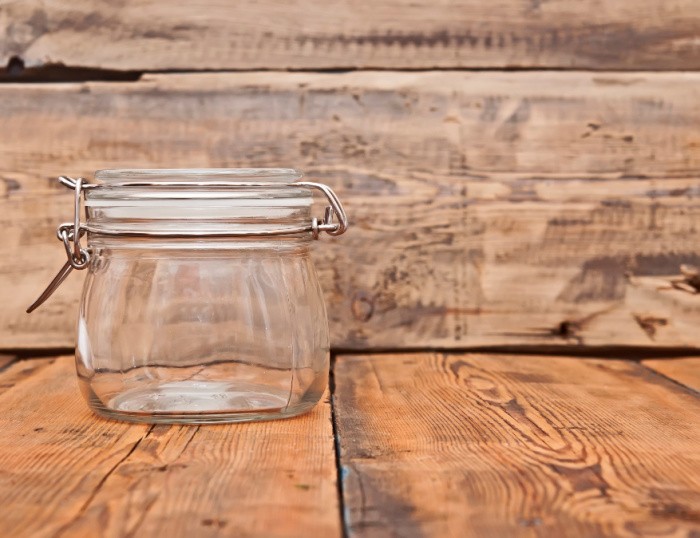
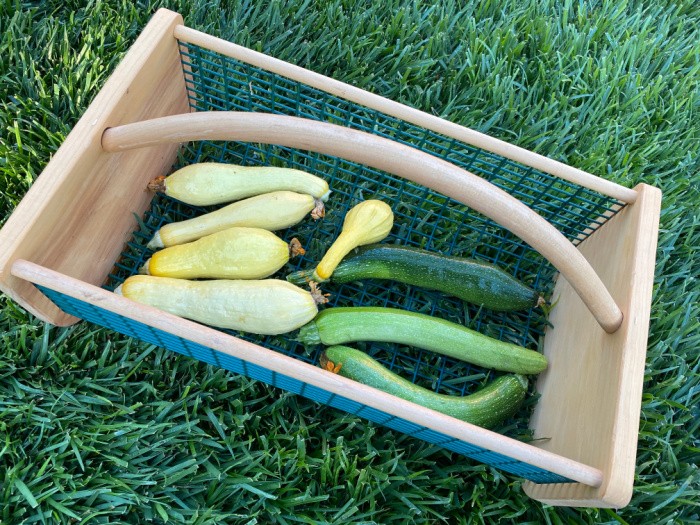


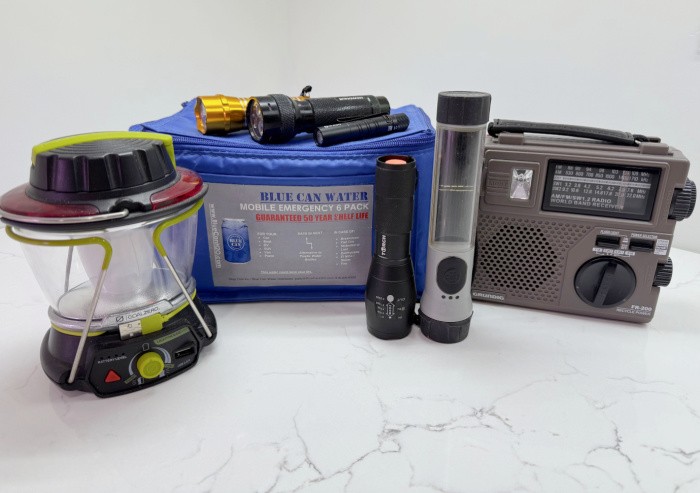
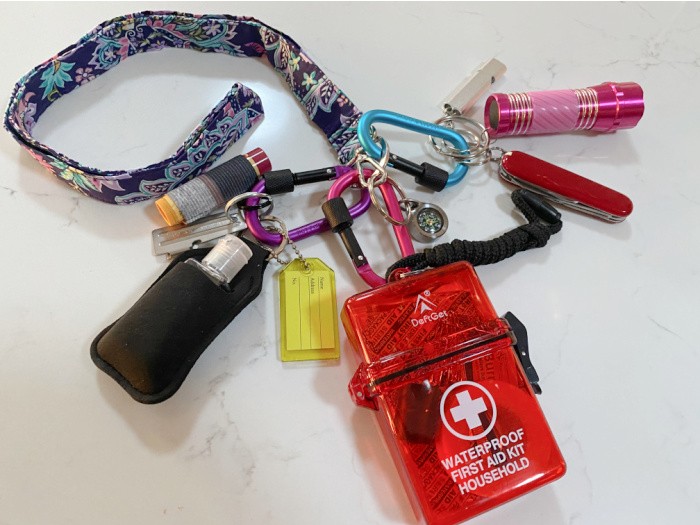








Know where the resources are. Water, tender, shelter, high ground to be seen, low ground to hide, food, game trails, wood for burning and weapons, cordage, rocks that can spark, make deadfall traps or make fire pits etc.
Don’t compartmentalize when moving. In other words you don’t go get wood then go forage then go get water. You forage as you collect wood and fill your water containers while out and be looking for game to kill.
Always get more than you need. Without a local weather radar app the storms and temperature swings will catch you off guard.
Stay calm
Hi Matt, I always love it when you share your expertise with all of us. You do it in such a way that it does in fact calm all of us. I thank you from the bottom of my heart! Linda
Great post today, Linda. And Matt! I’m not planning on having to leave home, but am prepared to if necessary. LOL I just got 10 more gallons of water. Hubby didn’t see a reason to but I do. We now have 20 gallons. What he doesn’t know is that I want to get 10 more. LOL He asked where were we going to put it. LOL And he has boxes of his stuff all over the house. I told him I’d find a place. These come in 5 Gallon jugs that weigh about 45-ish pounds each.
Hi Deborah, I love hearing you are stocking up on water!! We can never have too much water in my opinion! Years ago, when I was young I always thought “well we have a 40-gallon water heater”. Here’s the deal, 30 years ago, I never thought our water would EVER get contaminated. I was WRONG! Live and learn again. Keep it up, my friend! Linda
I love the survival backpack idea. You can keep it in the car when driving, and near at hand when you are at home.
Hi Eileen, I do too! Linda
I have a backpack ready, too. I need to reorganize it though. I may put some of the cooking supplies and water in a plastic tote box, and keep it in the car/van. I’ll put the food in the backpack.
I might have mentioned this book before–“Food In England,” by Dorothy Hartley. It’s actually intended as a social history–but it is an invaluable resource for dealing with living (especially cooking) in primitive conditions. Cooking methods, fireplace arrangements, fuel and storage, types of fires for specific needs, food storage and preserving, even foods to forage and rudimentary butchering.
Other books by the same author cover the making of shelter, bedding, clothing, etc., in their historical context. (I think I’ve now collected almost all of her books!)
Hi Rhonda, no, I don’t remember you mentioning her books. I want check them out!! Thank you! Linda
I would caution people to have multiple ways to light a fire: matches, lighters, ferro rods, etc. AND practice with those lighting methods if you are not familiar – for example, I was given a ferro rod some time ago but had never used one before that. I proceeded to practice making fires with it – just small ones! I was pretty proficient with it from the outset but that is probably because I have a flint and steel fire kit that I have been using for nigh on to 35 years with my Mt. Man re-enactment.
Something else that I have created for my grab and go supplies is a fire starting kit that includes dry tinder and kindling. It is a bit bulky but it works for me. Having and keeping these things dry is key to making a quick fire. I also have some of the commercial fire starting packets in this kit – many of them burn long enough to dry out damp wood (not wet wood).
For the trash bags, I would suggest regular trash bags (i.e. kitchen trash bags) as well as “contractor” bags. Contractor bags tend to be larger as well as thicker. In my camp kitchen box, I have several kinds of bags as well – produce bags (great for used tp out in the wilds), plastic grocery bags as well as trash bags – both regular and contractor.
For food for survival – you mentioned protein bars and meat sticks. I would also add to that instant soup, tea bags, etc. You can make up a food kit that will keep you going buy adding dried fruits as well. But, the hot foods are key if it is cold outside. I have a stainless steel mug (about 18 ounce capacity) with a lid and a wire bail to hang it over a fire. In it, I keep some cup o’ soup packets, tea/coffee bags, a couple of hot chocolate packets. It is a tight fit but that means I will have hot things to eat/drink.
While not ideal, those emergency blankets could be a life saver! Have a couple of those in your emergency pack.
So, all of the above will fit into a small back pack or rucksack if you are just out for a short hike. May seem like a lot but my fire kit is in a bag that is 5″X6″ and draw string; my food kit is in my stainless steel cup which is approximately the same size; toss in a couple of those emergency blankets and a couple of rolled up garbage bags in a large zip lock bag (carrying water?), a small first aid kit, a knife and spoon/fork and you have a survival kit.
I need to get mine out and weigh/measure everything! I am guessing at the sizes.
Hi Leanne, you have learned so many awesome things throughout your life, what a treasure you are! It seems every year new ideas pop into our heads and we can teach others how to do it. Love your comment! Linda
Great info Linda. #9 is a really important one. Remember to slow down and enjoy the people you are with. Don’t panic about the situation you are in. You will eventually get out of it. This helps you to relax and lets the adrenaline level drop so you will think more clearly and act more rationally.
Stay safe and enjoy life!
Hi Bill, thank you for your kind words. I LOVE LOVE LOVE your comment! we really do need to not panic, we will eventually get out it. Love it! Linda
Not sure if this is something you can control, but the pop-up recipes that are constantly appearing, while I’m trying to read your articles, are so distracting and annoying! If I want to look at your recipes (which really do look yummy) I’ll look them up myself! If there’s anything you can do about this, it would be so appreciated. Other than that one thing, I LOVE your articles, and have learned, and implemented so much.
Hi Laurie, first of all, I’m sorry the ads are distracting and annoying. For what it’s worth, my expenses to run my blog are over $3000.00 a month. I do not take a penny because there isn’t any money leftover. But my blog is my passion and the ads pay the bills. I’m not techy but you can put something in your settings that block ads in your browser as I understand it. Again, I’m so sorry, Linda